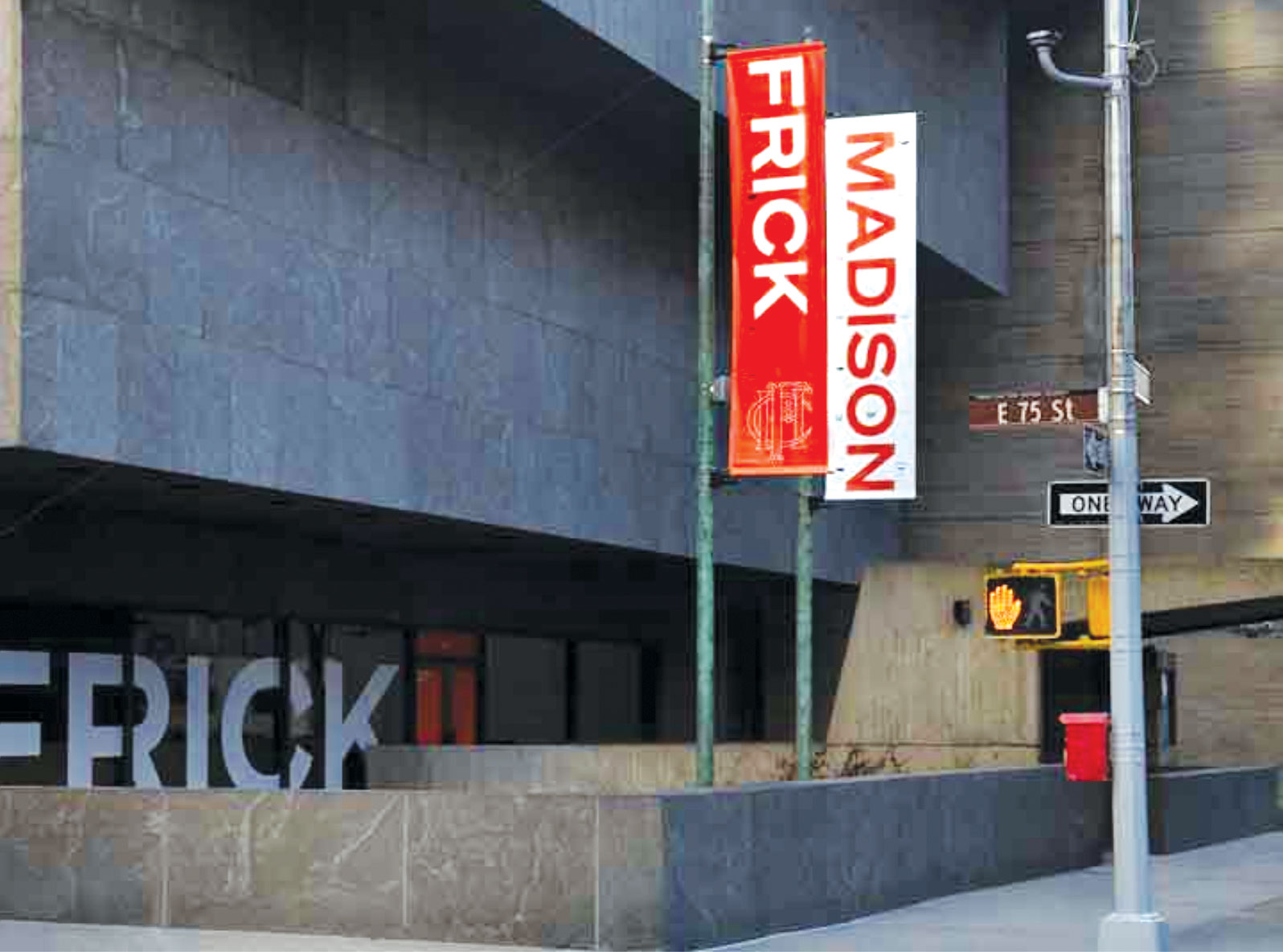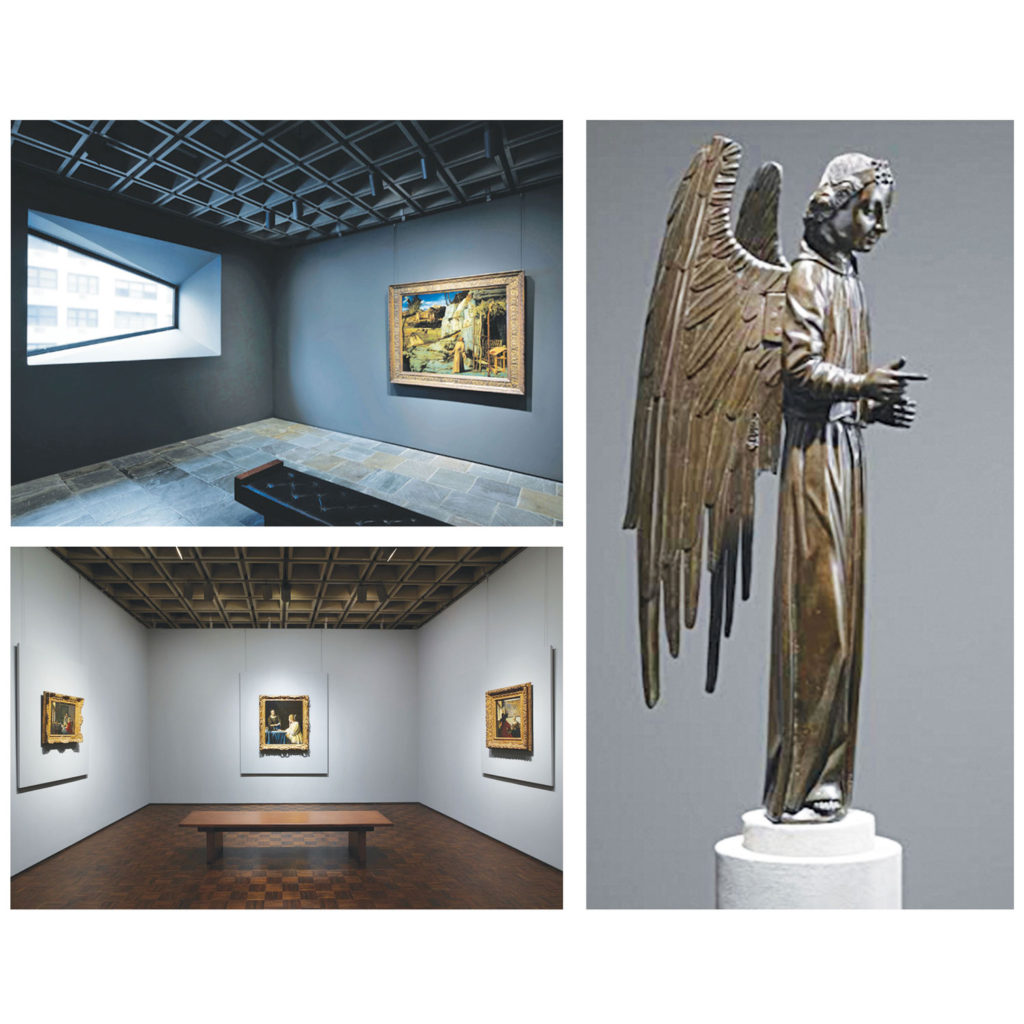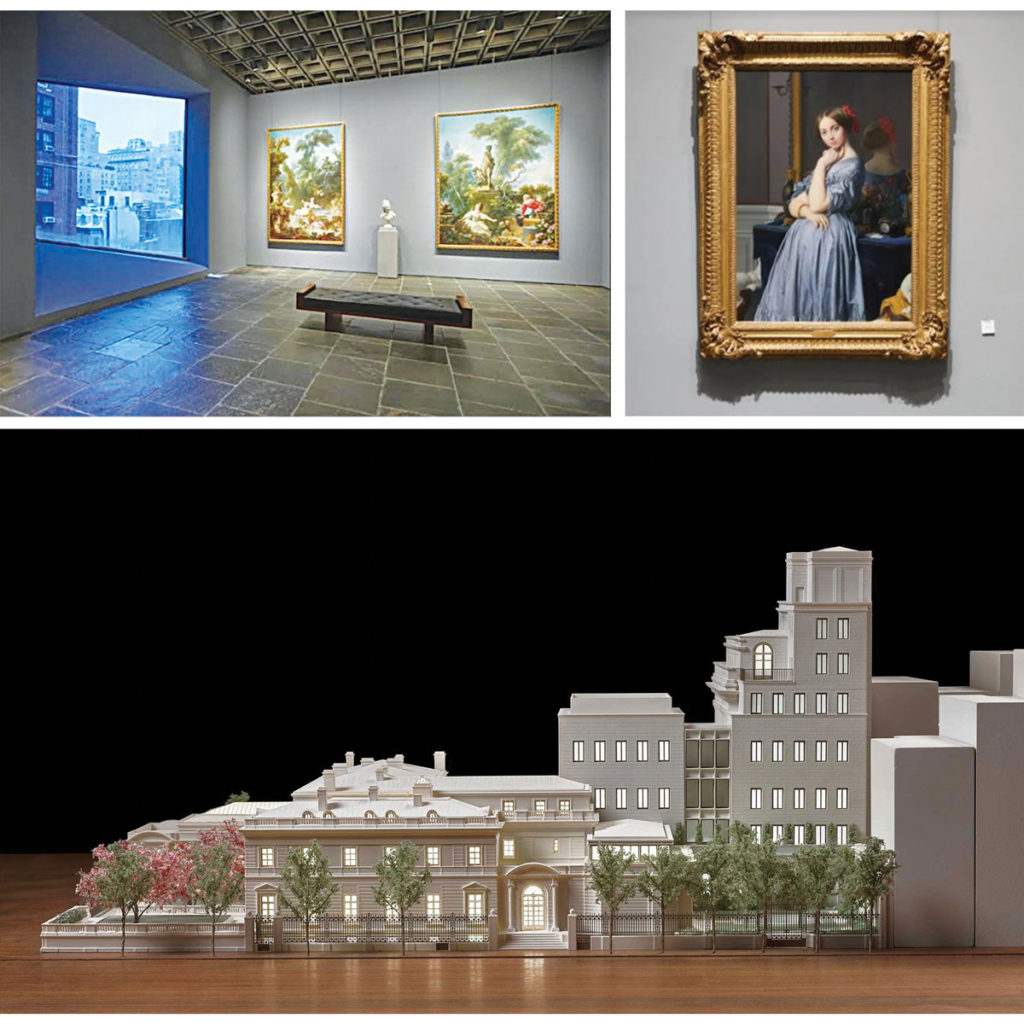
NATALIE SENIOR GREENBERG
IMAGINE BEING FABULOUSLY RICH AND LIVING IN NEW YORK AT THE BEGINNING OF THE 20TH CENTURY. WOULD YOU BUILD A MANSION ON FIFTH AVENUE? WOULD YOU FILL IT WITH WONDERFUL ART AND OBJECTS FROM ALL OVER THE WORLD?
In 1913, millionaire industrialist Henry Clay Frick commissioned his Fifth Avenue mansion, and began collecting Western Art from Europe. He then turned it into a boutique museum in 1935. The Frick Collection is now considered one of the gems of New York’s museums. It is a place where one can encounter masterpieces from the Renaissance to the early 20th century and can easily been seen in a couple of hours.
A visit to the Frick Mansion brings the viewer back to the gilded age, when the elite of New York lived in mansions on upper Fifth Avenue. The art collection at the Frick is not arranged chronologically but in the way that many people would place artwork in their own homes—by where they wanted to view them and where they looked best. One can almost imagine Henry Clay Frick wandering through his home and looking at his treasures. The Frick Mansion is where all the art and decorative objects have been shown since Frick’s death in 1919.
The original Frick Mansion is now closed for some much needed renovation and refurbishing, but that gives us a very unique and interesting opportunity to see all of Henry Clay Frick’s collection in a new and surprising way. The Frick Collection is now located temporarily at the Frick Madison, in a building that was designed by modernist architect Marcel Breuer. The building is a modern architectural masterpiece designed as a minimalist work. It is spare and shows off its materials and structural elements. This minimalism provides a unique backdrop for the Renaissance paintings and other art objects that were collected by Frick.
The paintings viewed in their new setting have never looked better. I have visited the original Frick Mansion many times, but the artwork surprised and delighted me in new ways at this new locale. Here are a few of my favorite artworks and in my opinion “must sees.”
The collection begins on the second floor of the Frick Madison with the 14th century sculpture Angel by French artist Jean Barbet. This is one of the very few surviving sculptures of this time, as during the French Revolution bronze sculptures were melted down to be used as weapons. Angel stands upright, covered in flowing drapery. It is speculated that this angel was made for a chapel in Paris that held the treasures of the French kings. The placement and lighting of this sculpture literally took my breath away when I saw it in its new location.
Continuing on the second floor, look for room 6, which holds all three of the Frick’s paintings by the 17th century Dutch master Johannes Vermeer. Vermeer painted only about 60 paintings in his lifetime and of those only about 36 have survived. The Frick Madison gives us a rare and wonderful opportunity to view three together. Vermeer painted what are called “genre paintings,” or views of everyday life in Holland. Look how Vermeer treats the light coming into the room and how he uses objects that would have been a part of many a middle class Dutch households. But look at the expressions on his subject’s faces and see if you can tell a story about what is happening.
On the third floor, in room 13 is a painting by Venetian Renaissance master Giovanni Bellini. This is considered “the prize” of the Frick Collection. St. Francis in the Desert was painted in the late 1400s and is an oil painting on panel. The Venetian painters perfected the art of oil painting, which uses layering to build up colors and makes the painting seem lit from within. Bellini depicts a valley in the Venetian countryside with a small hilltop town in the background and Francis standing by his rustic dwelling. There are several animals in the composition emphasizing the natural world and nature. I found the placement of this gorgeous painting, by itself, in this particular room of the museum to be quite fascinating. The curators have placed it on the wall with the light coming in from the window on the left, mimicking the light source coming in on the left side of the painting. The painting is luminous and commands the room entirely.

On the fourth floor, is one of the most iconic of Frick’s Collections, the Fragonard Room. JP Morgan originally owned the paintings in this room and when he died they were displayed at the Metropolitan Museum in New York and then sold to Frick. They took up an entire room at the Frick Mansion, but here on Madison Avenue, they are displayed quite differently. Here, they are bathed with light, as originally intended.
Jean-Honore Fragonard painted these canvases for Madame du Barry, Louis XV’s last mistress. The theme of these paintings is love, and the paintings were hung in the music room of her chateau outside Paris. The fancy ornamentation, pastel color palette and curvilinear shapes characterize the style of the time, French Rococo. Rococo art works often depict themes of love, classical myths, youth and playfulness, so this was a very fitting style for the mistress of a king.

Also on the fourth floor (in room 26), are some Impressionist paintings, which are always crowd-pleasers. These include paintings by Degas, Manet, Renoir and Monet.
This is but a small taste of what the Frick Madison has to offer. You should wander through and find your own favorites. The museum is small enough to not be overwhelming, but the collection is comprehensive enough so you will never be bored! The museum is located at 945 Madison Avenue and is open Thursdays through Sundays. Museum tickets must be purchased online in advance. Enjoy your visit to the Frick Madison!
Natalie Senior Greenberg is a Brooklyn College Art History professor, and the founder, curator and owner of an online art gallery.



